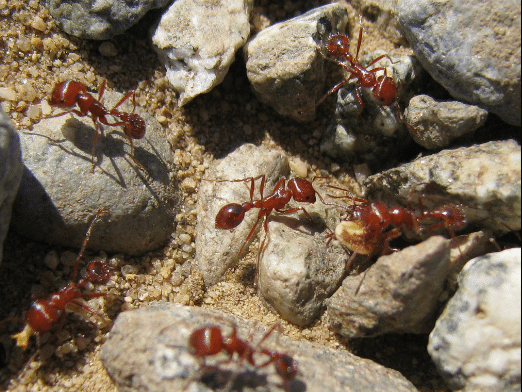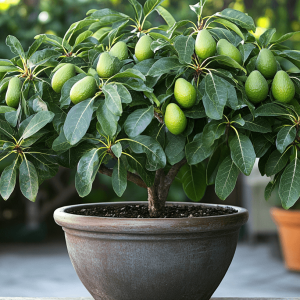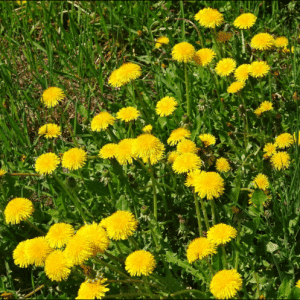
Ant infestations are a common problem, particularly in warm and humid environments. While many people turn to chemical sprays and pesticides to get rid of ants, there’s a simpler, eco-friendly alternative: banana peels. This natural method is not only effective but also safe for your family, pets, and the environment.
Why Use Banana Peels for Ant Control?
Banana peels are an excellent, all-natural solution to keep ants at bay. Here’s why they work:
- Natural Repellent:
- Banana peels contain compounds that repel ants. The sugary smell of a ripe banana might attract ants initially, but the peel releases chemicals, such as limonene, that ants find unpleasant.
- Non-Toxic:
- Unlike chemical pesticides, banana peels are completely non-toxic. This makes them a safe choice, especially in homes with children and pets.
- Eco-Friendly:
- Using banana peels helps reduce household waste and contributes to sustainable pest control. No need to dispose of chemical containers or worry about harming beneficial insects and plants.
How to Use Banana Peels to Deter Ants
Follow these simple steps to use banana peels effectively against ants:
- Prepare the Banana Peel:
- Use a fresh banana peel. You can cut it into smaller pieces for easier handling.
- Placement:
- Identify the areas where ants are most active, such as near their entry points, along their trails, or near food sources.
- Place the banana peel pieces in these areas, skin side down.
- Observe and Adjust:
- After a few hours or days, you should notice a decrease in ant activity. If ants persist, replace the old peel with a fresh one or adjust the placement to target new entry points.
- Dispose of the Peel:
- Once the peel has dried out or the ants have retreated, compost it or dispose of it properly.
Additional Tips for Maximizing Effectiveness
- Combine with Other Natural Deterrents: For even better results, banana peels can be used alongside other natural ant repellents such as vinegar, lemon juice, or coffee grounds.
- Seal Entry Points: After successfully deterring ants, seal cracks and crevices where they might be entering your home to prevent future infestations.
- Maintain Cleanliness: Ensure that your kitchen and other areas are clean and free of food crumbs or spills, which can attract ants.
Benefits of Natural Ant Control
Opting for natural methods like banana peels has several advantages:
- Cost-Effective: Banana peels are essentially free, making them a budget-friendly alternative to commercial pesticides.
- Safe for the Environment: Chemical pesticides can harm not only ants but also other insects, animals, and plants. Banana peels pose no such risks.
- Convenient and Accessible: Almost everyone has access to bananas, making this method easy to implement.
Banana peels offer a simple, chemical-free way to manage ant problems. By repelling ants naturally, they help you maintain a pest-free home without compromising health or the environment. The next time you finish a banana, don’t toss the peel—use it as a powerful ally in your battle against ants.
Jatropha gossypifolia, commonly known as bellyache bush, cotton-leaf physic nut, or wild physic nut, is a perennial shrub that belongs to the Euphorbiaceae family. Native to tropical regions of the Americas, this plant…
Fig sap, the milky fluid extracted from the stems and leaves of the fig tree (Ficus carica), has been used for centuries in traditional medicine and skincare. While the fruit of the fig tree gets most of the attention…
Chillies are celebrated worldwide for their fiery flavor, vibrant color, and culinary versatility. From spicing up curries to adding a kick to sauces, these small yet powerful fruits hold a special place in kitchens…







Today, I went to the beachfront with my kids. I found a sea
shell and gave it to my 4 year old daughter and said “You can hear the ocean if you put this to your ear.” She put the shell
to her ear and screamed. There was a hermit crab inside and it pinched her ear.
She never wants to go back! LoL I know this is completely off topic but I had to tell someone!
Thanks for sharing. I read many of your blog posts, cool, your blog is very good.
Your point of view caught my eye and was very interesting. Thanks. I have a question for you.
Howdy! This is kind of off topic but I need some advice from an established blog.
Is it very difficult to set up your own blog? I’m not very
techincal but I can figure things out pretty quick.
I’m thinking about setting up my own but I’m not sure where
to start. Do you have any tips or suggestions? Thanks
I don’t think the title of your article matches the content lol. Just kidding, mainly because I had some doubts after reading the article.